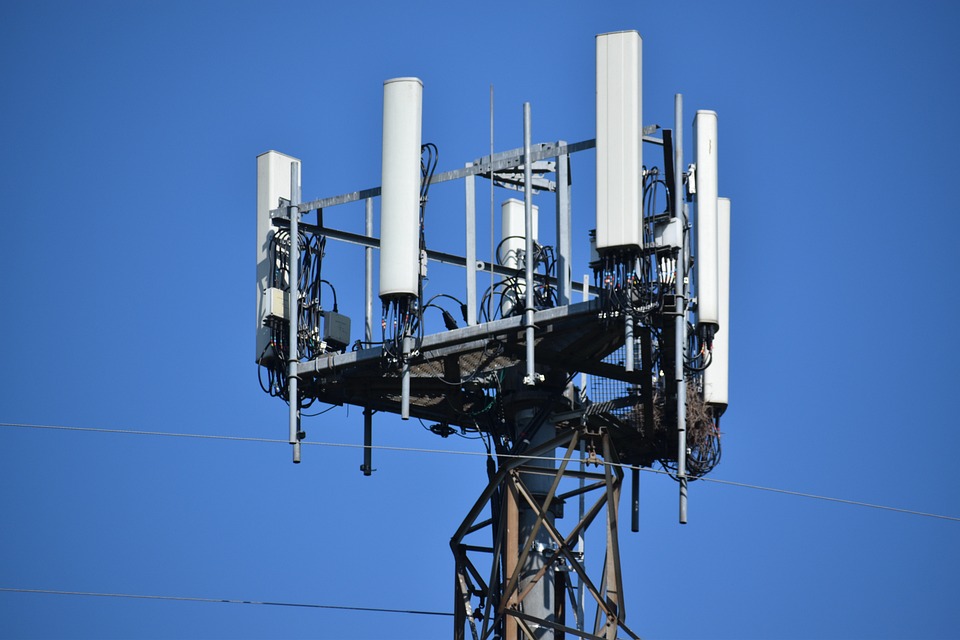It is fairly easy to understand the real value of a UHF antenna. You can have this coming if you will experience having them as your solitary option in an area where cable television lines and satellite signal receivers are not yet heard of and are thus unavailable.
Back in the olden days when technology was still considered in its infancy, you can virtually use almost anything to improve your television set reception. It is a matter of personal ingenuity on what you want to use for as long as you can get a clearer, crisper reception on the boob tube, from metal rods to coat hangers.
They could mundane objects by anyone’s standard, but they helped do the trick back then. However, with the emergence of digital signals, they are quickly rendered obsolete.
High-Frequency Antennas
Ultra-high frequency antennas are sometimes referred to as UHF aerial antennas. They are wired for receiving not just radio signals but also to receive other signals intended for mobile and wireless phones.
High-frequency antennas are capable of handling WiFi signals, too.
Besides the fact that they are practically used in television broadcasts, they are also capable of picking up channels from different broadcast signals, including high definition channels. While it is common to see rabbit ear designed VHF antennas, it is not uncommon to see UHF kind of antennas behind VHF rabbit ear antennas.
We have an awful lot of antennas of UHF types. To help you decide on what you will need to install on your television set at home, here are some of their classifications that you might need to know first.
Topping our list for this is the Whip UHF type of antenna.
An antenna of this type is made up of a single flexible metal rod that is attached to a solitary conductor. We can say that this type is more appropriately intended for use in walkie-talkies, automobile radio signals, and old types of mobile phones. They all share one thing in common, they have a built-in whip antenna.

Loop antennas are rather seen as a qualified version of the whip antenna, where its metal rod is looped. Besides, it is also attached to 2 conductors, and contrasting its name it is not taking on the appearance of a bow tie. Instead of an antenna connected to 2 conductors, it consists of 2 separate antennas. Each single one of them, though, is attached to a separate conductor.
Compared to brand new antennas, this one is kind of weak. They can be used indoors but the signal they produce though is not at all that impressive. However, there is an effective way to improve this and that can be done by using reflectors.
The Yagi antenna or otherwise known as simply Yagi-Uda antenna is another kind of UHF antenna that we can qualify as being more appropriately built for UHF aerial installation. Two Japanese professors were behind the invention for this type of antenna, namely, they are Professor Hidetsugu Yagi and Professor Shintaro Uda.
Yagi antennas are kind of popular and are in high demand since they are particularly wired to pick up UHF signals. But even though they are designed to pick up signals coming from just a single direction only, once you have them in the right direction, they will pick up the strong signal and consequently transmit them properly
This explains the reason why they are usually seen installed on house rooftops. By far, this is considered the most widely used type of UHF antennas for aerial installation reception for television.
